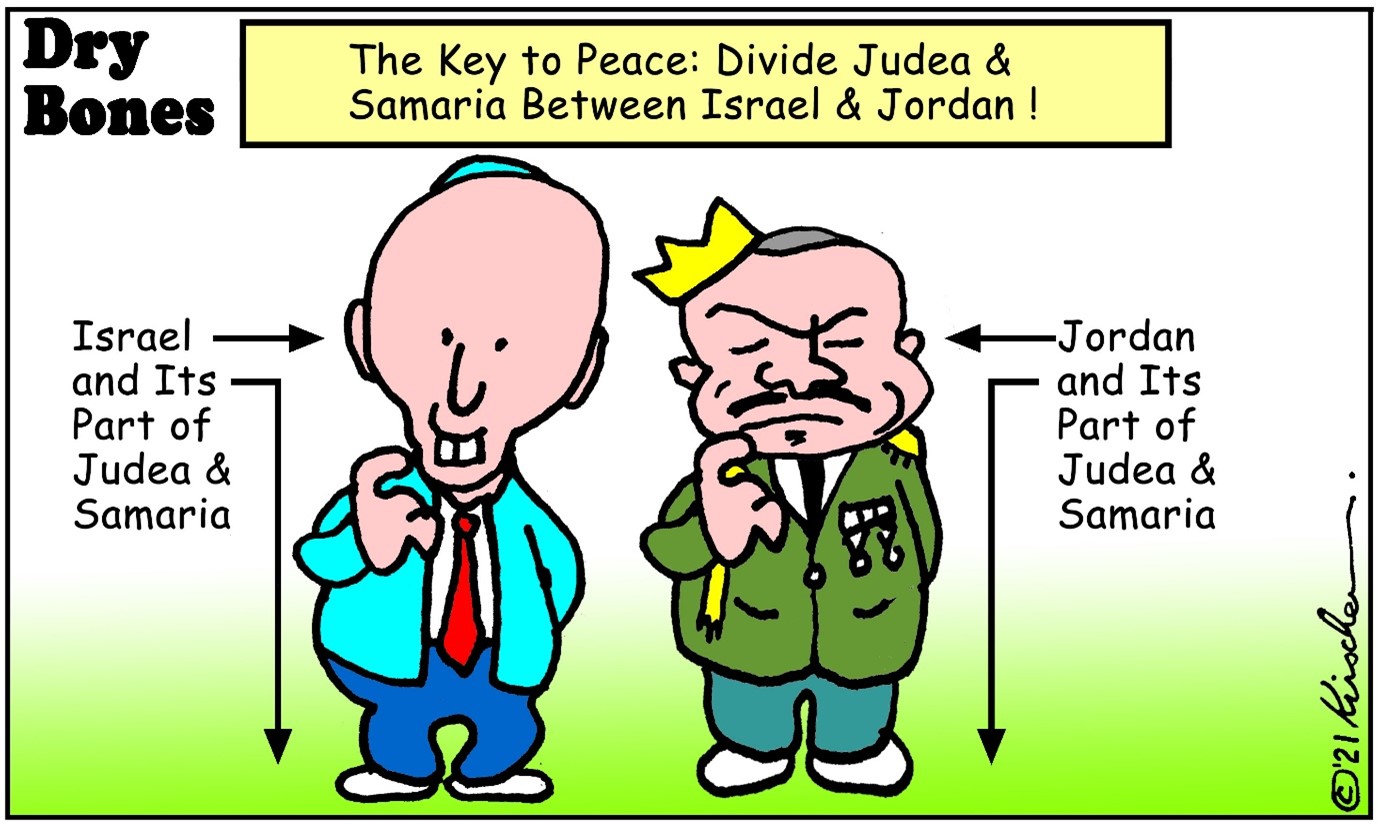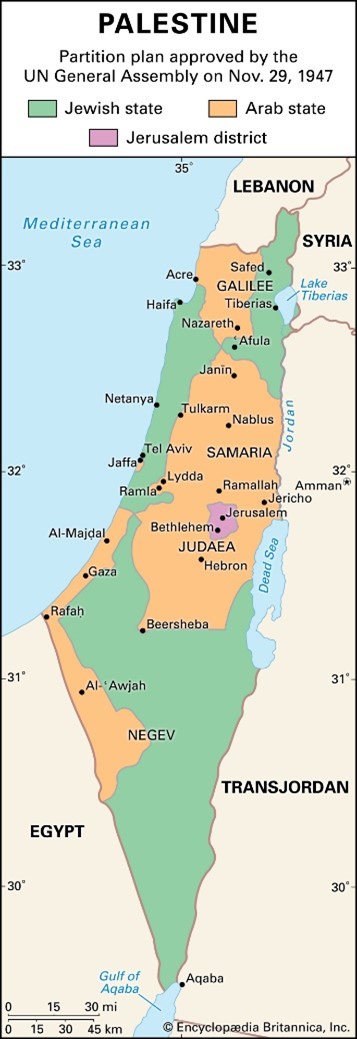
Two Australian politicians from Australia's two major political parties – one of them Australia's former Ambassador to Israel and Government backbencher Dave Sharma – have embarked on a trip to fantasyland in a rare show of bipartisan solidarity that has nothing to do with Australian domestic policy, but involves the "Palestinian People".
Sharma (Liberal Party) seconded a motion by Chris Hayes (Australian Labor Party) which includes the following paragraphs:
Advertisement
That this House:
(1) notes that 29 November 2021 is the International Day of Solidarity with the Palestinian People as declared by the United Nations in 1977;
(2) recognises the inalienable rights of the Palestinian people, including their right to self determination and a future built on peace, dignity, justice and security;
Their hyperlinking of "Palestinian People" clarifies who these two politicians are talking about:
The Palestinian people (Arabic: الشعب الÙلسطيني, ash-sha'b al-Filasá¹Ä«nÄ«), also referred to as Palestinians (Arabic: الÙلسطينيون, al-Filasá¹Ä«niyyÅ«n; Hebrew: ×¤Ö¸×œÖ·×¡Ö°×˜Ö´×™× Ö´×™×) or Palestinian Arabs (Arabic: الÙلسطينيين العرب, al-Filasá¹Ä«niyyÄ«n al-Ê¿arab), are an ethnonational group comprising the modern descendants of the peoples who have lived in Palestine continuously over the centuries and who today are largely culturally and linguistically Arab.
This definition is fabricated - ignoring history, geography and demography by falsely claiming the existence of a Palestinian People with roots purportedly going back 3000 years ago when the Jewish People entered the Promised Land – rather than to the year 1964 - when the term "Palestinians" was first defined.
History is clear:
- The League of Nations 1922 Mandate for Palestine only recognised the Arab inhabitants of Palestine as forming part of "the existing non-Jewish communities in Palestine" whose civil and religious rights irrespective of race or religion were to be protected without any political rights to self-determination.
- The 1947 United Nations Partition Plan only spoke of two states – one Jewish, the other Arab – not a Palestinian State.

- The Palestine Liberation Organisation – the sole spokesman for the Palestinian Arabs recognised by the Arab League since 1974 – defined the term "Palestinians" for the first time in history in its founding 1964 Charter:
Article 1. Palestine is an Arab homeland bound by strong national ties to the rest of the Arab Countries and which together form the large Arab homeland.
Article 2. Palestine with its boundaries at the time of the British Mandate is a regional indivisible unit.
Article 3. The Palestinian Arab people has the legitimate right to its homeland and is an inseparable part of the Arab Nation. It shares the sufferings and aspirations of the Arab Nation and its struggle for freedom, sovereignty, progress and unity.
Article 6. The Palestinians are those Arab citizens who were living normally in Palestine up to 1947, whether they remained or were expelled. Every child who was born to a Palestinian parent after this date whether in Palestine or outside is a Palestinian.
Advertisement
Palestine's boundaries at the time of the British Mandate (1920-1948) included Transjordan – 78% of the Mandate territory – until Transjordan became independent in 1946.
Following the invasion and conquest of Judea, Samaria and East Jerusalem by Transjordan in 1948: Transjordan was renamed Jordan in 1949 and unified with these conquered territories on 24 April 1950 until their loss to Israel in 1967 .
Two States exist in former Palestine today: one Jewish - called Israel – the other - Arab - called Jordan.
The key to achieving peace is Jordan's return to the heavily-populated Arab areas of Judea and Samaria - restoring Jordanian citizenship to its Arab residents as existed between 1950 and 1988.
Sharma and Hayes hold different opinions – but their opinions - based on fiction rather than fact – are nothing more than meaningless mumbo jumbo made by grandstanding politicians.
Discuss in our Forums
See what other readers are saying about this article!
Click here to read & post comments.